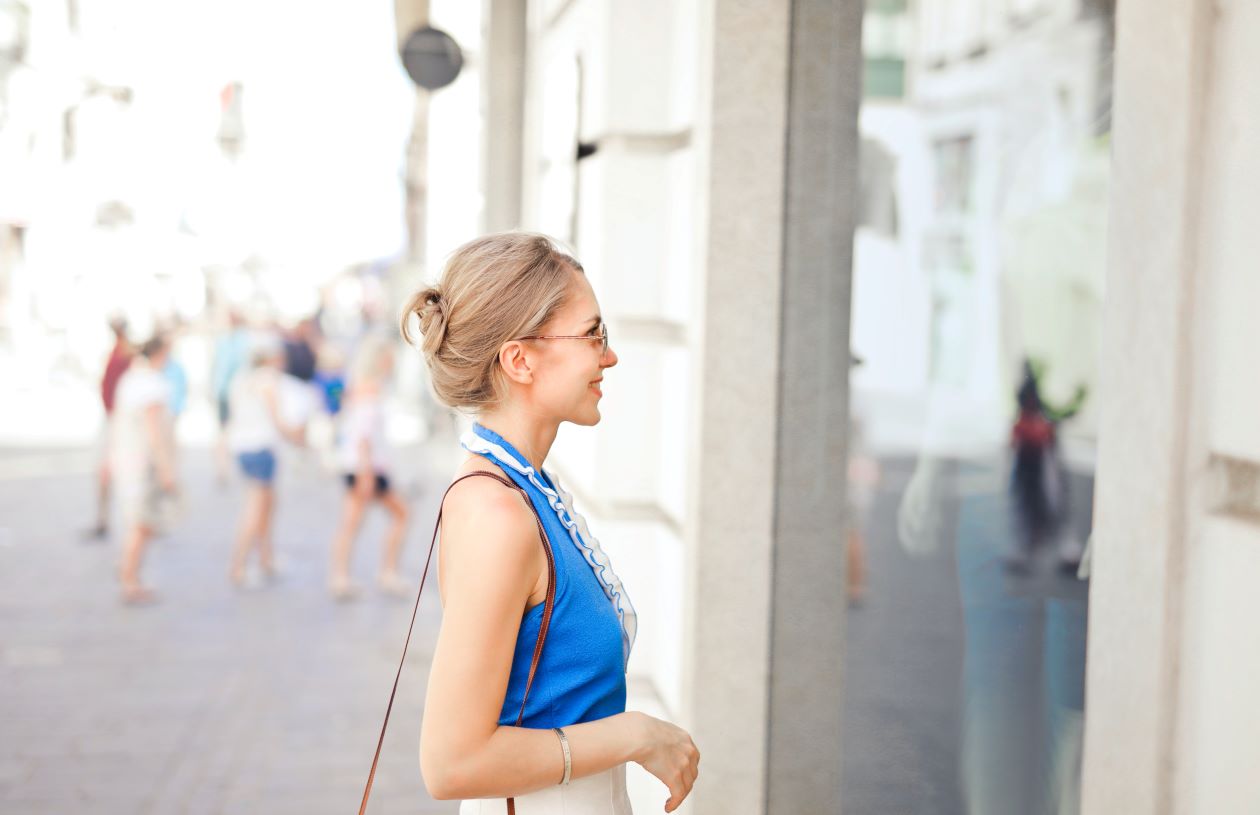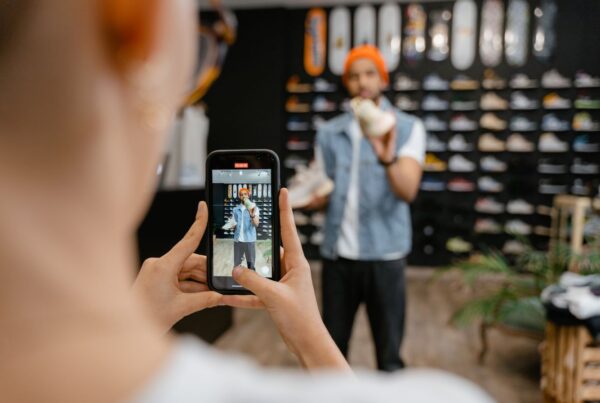The TOP 3 innovations that are transforming the retail industry
Concepts Store, the transformation of Retail through various concrete examples.
Who said that e-commerce has swamped traditional sales outlets? Far from being defeated by new online buying patterns, brick and mortar shops have not yet had their final say in the matter! They are revamping customer experience as they roll out their phygital strategy, and aiming at achieving a highly personalized buying path that delivers a host of benefits. Here are three brands that have jumped into the phygital era and taken advantage of virtual reality, gamification and innovation.
#1 « Le 4 » store by Casino
The Casino group’s flagship outlet, within walking distance from the Champs Elysées in Paris, opened its doors at the beginning of October. The store has gone on to set a new benchmark in next-gen retailing. This concept store, functioning 24/7, builds on a phygital strategy to redesign the user experience, using multifarious smart devices. This is a shop where expert advisors have replaced traditional cashiers. There are no shelves and alleys; products are picked from giant displays. The outlet is organized around several themes, from a salad bar to a grocery market, and coworking areas that showcase furniture sold by the group. “Le 4”, which is definitely more a place to live in than a store, is a good example of a retailer delivering a powerful Web experience at a physical point of sale, while, at the same time, leveraging the key success factors of physical outlets.
Product searching is voice-controlled, while payment can be done at a self-checkout. International application such as Alipay can be used. Added to these, are a few outstanding features, including a smart wine cellar connected to a search board that shines a light on the bottle selected by the buyer. Obviously, the Casino group has leveraged a blend of premium digital solutions to implement a point of sale that delivers nothing less than a premium buying experience in their phygital strategy.
#2 The Sephora pop-up store in augmented reality
For the launch of its Christmas collection, Sephora designed a dedicated, wickedly enticing, pop-up store based on augmented reality. Accessible from any technology-compatible smartphone or tablet, the outlet subtly draws out a customer’s latent vanity, and innocuously propels the experience of cosmetics, beauty products and fragrances to new heights, wafting the user deep into the magic of Christmas.
Sephora offers an application that displays a portal anytime, anywhere, and a true gateway to the brand’s landscape. Users can browse through products, touch and unwrap them, read product descriptions and even use products in a virtual way. The application offers an unmatched level of immersion: the environment as well as the products provide a 3D experience that borders on reality.
For this exciting experience in their phygital strategy, Sephora leverages gamification to transport users into its world and enhance their preference for the brand. By using techniques that are specific to game design, this experience proves to be a powerful marketing lever and a vehicle for entertainment, creativity and engagement. The retail industry is stepping into a new era where user experience is made a priority.
#3 AI-based shelves from Kroger
Kroger, a leading retailer in the US, goes even further with in this phygital strategy a program based on artificial intelligence that helps screen customers’ behaviors, know them better, and provide offerings in tune with their requirements. Smart shelves have a signage system that gets customized to customers passing by them. This approach, which has so far been relevant to e-commerce only, is one of the benefits of traditional stores going phygital.
Any customer using the retailer’s app inside the store is identified by sensors placed on the shelves, bringing to light products which are likely to be of interest to that customer. Promotional offerings and discounts can also be offered in real time to shoppers who have expressed an interest in a product. This is definitely a forward-thinking way to revamp the buying experience by making it more personal.
The retail industry is transforming. Whether in Paris, New York or Hong Kong, innovative concepts are emerging, one after the other, in order to redesign and boost the in-store experience. Their goal is to impress customers who are inherently fickle, engage with them, and make sure they come back. This, for sure, is a giant leap forward!









